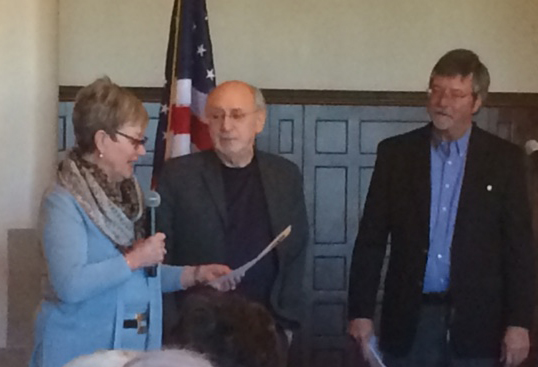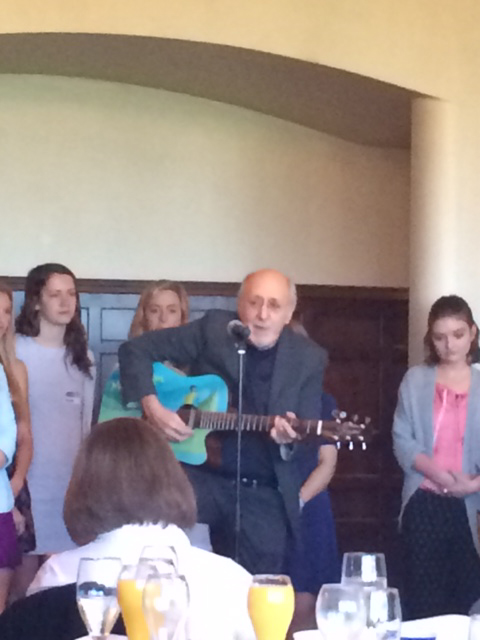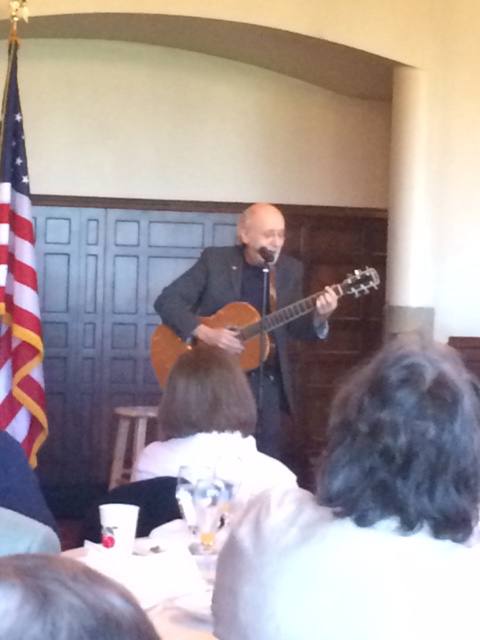THOUSAND OAKS, Calif. – July 2, 2018 – Teledyne Technologies Incorporated (NYSE:TDY) announced today the successful launch of the DLR Earth Sensing Imaging Spectrometer (DESIS) to the International Space Station (ISS) on a SpaceX Falcon 9 rocket. Over the next three months, the DESIS instrument, designed and built by the German Aerospace Center (DLR), will be installed and tested on Teledyne Brown Engineering’s Multi-User System for Earth Sensing (MUSES) aboard ISS.
DESIS is a hyperspectral sensor system with the capability of recording image data using 235 closely arranged wavelength channels across the visible to near-infrared spectra. With continuous coverage at an altitude approximately 250 miles above the Earth, the DESIS instrument will broaden our knowledge about agriculture, biodiversity, geology, water ecosystems and detect natural or man-made changes to the Earth’s surface.
Teledyne’s MUSES platform was developed as part of a cooperative agreement with NASA to create opportunities for both Government and Commercial applications such as imaging, technology demonstration, and space qualification payloads supporting research, scientific studies and humanitarian efforts. MUSES provides a precision-pointing environment on the ISS for earth-viewing instruments and it can accommodate up to four payloads simultaneously. It also offers the ability to robotically retrieve, upgrade, and service those instruments as well as return them to earth.
“Our partnerships with NASA and DLR expand the commercial use of the ISS and will provide our Governments with unique imaging data,” said Robert Mehrabian, Chairman and Chief Executive Officer of Teledyne. “Leveraging the infrastructure of the International Space Station and the remaining available payloads on MUSES, we hope for additional opportunities to support cost effective development and installation of other instruments designed for low earth orbit observation missions.”
About Teledyne Technologies Incorporated
Teledyne Technologies is a leading provider of sophisticated instrumentation, digital imaging products and software, aerospace and defense electronics, and engineered systems. Teledyne Technologies’ operations are primarily located in the United States, the United Kingdom, Canada, and Western and Northern Europe. For more information, visit Teledyne Technologies’ website at www.teledyne.com.
Forward-Looking Information Cautionary Notice
This press release contains forward-looking statements, as defined in the Private Securities Litigation Reform Act of 1995. Actual results could differ materially from these forward-looking statements. Many factors could change anticipated results, including funding, continuation and award of government programs, as well as risks associated with government contracts, are identified in Teledyne’s 2017 Annual Report on Form 10-K.



